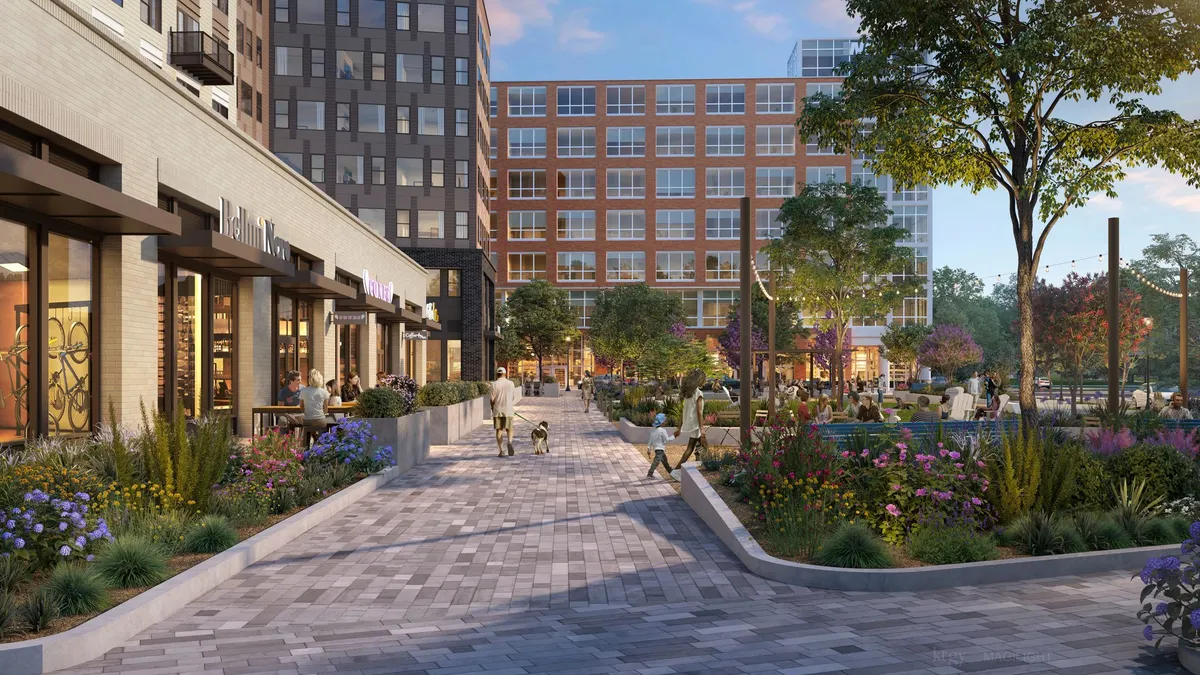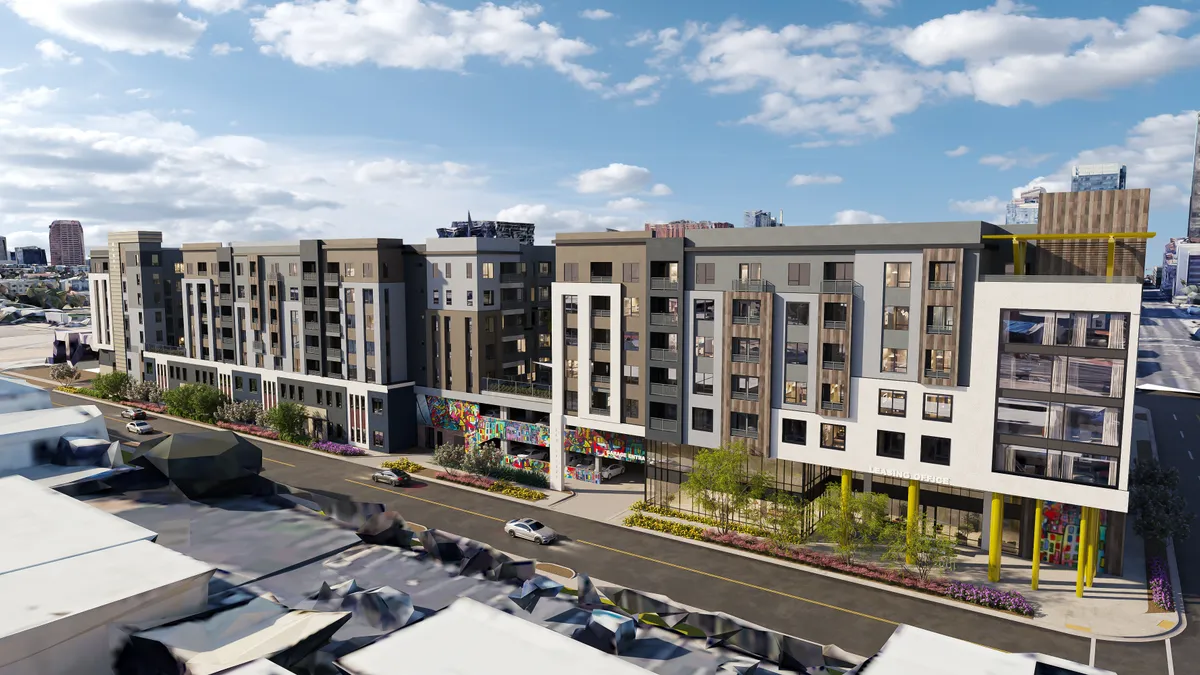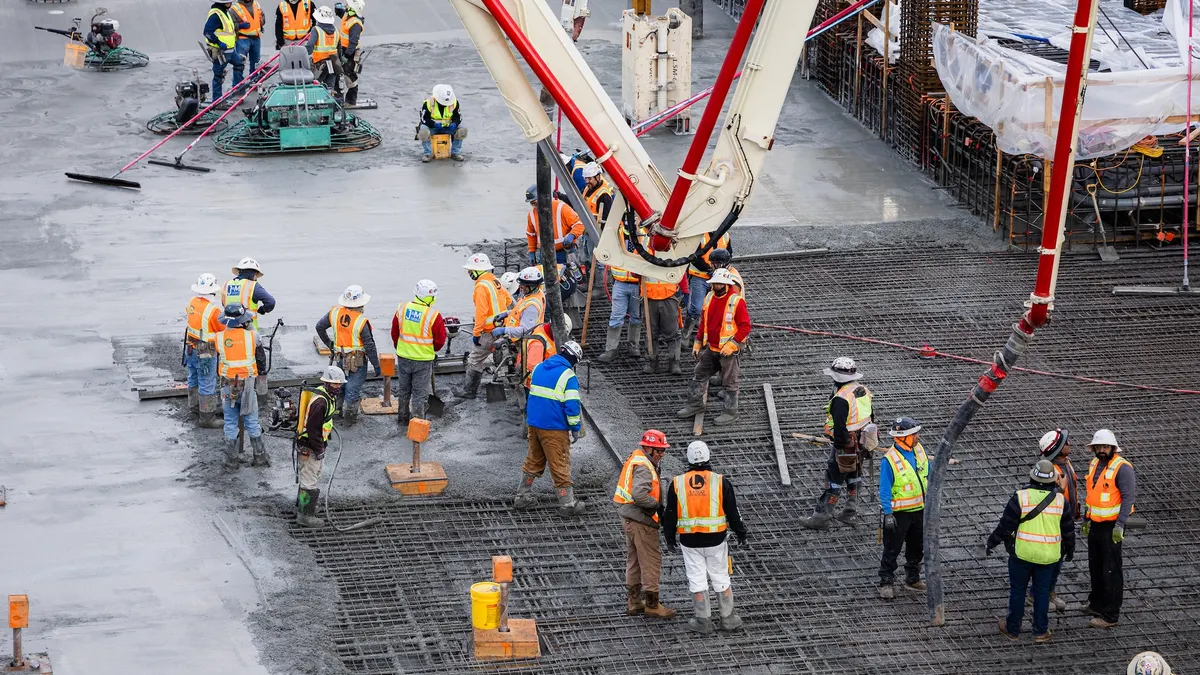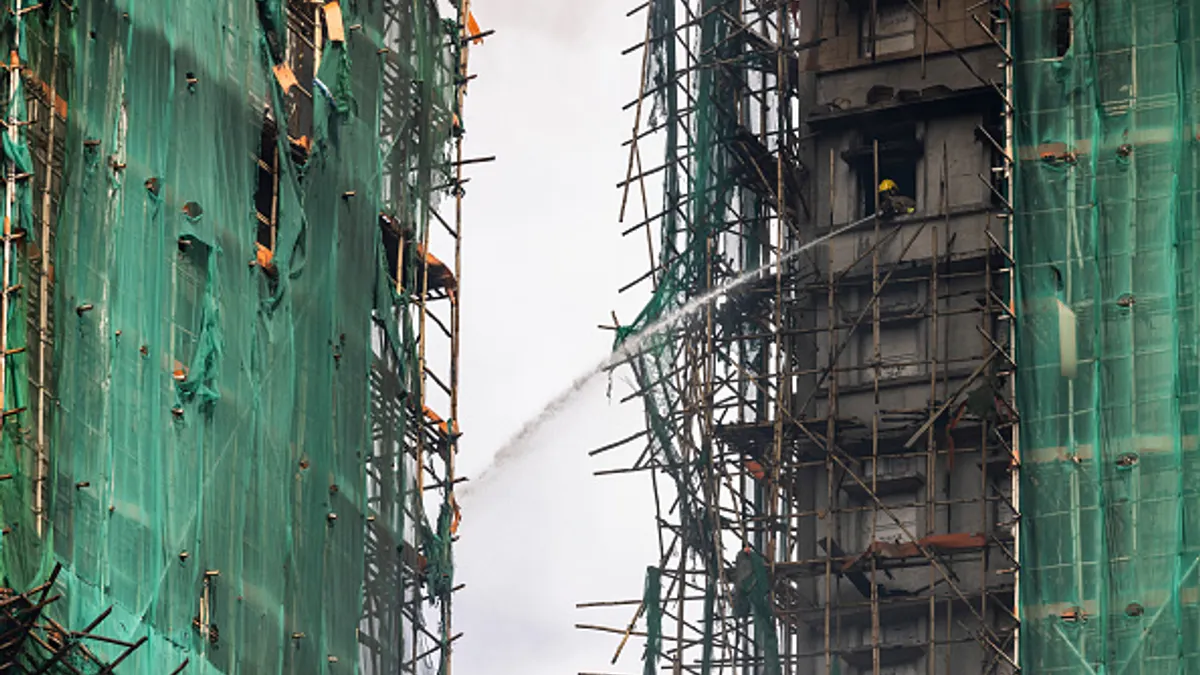Until recently, Chicago-based Waterton focused its real estate efforts on acquisition, management and disposition – a “buy-fix-sell” strategy, according to chief investment officer Rick Hurd, including properties like the Oasis Townhomes in Waipahu, Hawaii, pictured above. This all changed in February, when the 27-year-old company made its first moves into ground-up multifamily development, investing with a focus on joint ventures with local and regional developers in high-growth markets.
While Waterton is entering multifamily development, its first ground-up development partnership – announced in early March – will be in the single-family rental arena. Working with Tampa, Florida-based single-family rental asset operator Second Avenue Group, the joint venture intends to both acquire existing homes and develop individual homes and build-to-rent communities across the Southeast and Southwest.
Waterton intends to take advantage of more construction opportunities in these markets, according to Hurd, with a focus on affordable garden-style and mid-rise properties targeted at renters making 80% to 100% of the area median income. Location targets include growing suburban markets and select urban centers, according to a Waterton release.
Here, Hurd talks with Multifamily Dive to answer two major questions: Why the shift, and why now?
This interview has been edited for brevity and clarity.
MULTIFAMILY DIVE: What forces drove Waterton to make this new move into ground-up construction?
RICK HURD: Waterton has been investing in existing multifamily properties for 27 years. We’ve acquired over 200 [properties], and we've done very well with that. But as we've seen the demand for housing increase and the pricing of apartments go up, we have seen an opportunity to get into new development.
It’s driven by two things in specific markets, mostly in the Southeast and Southwest. First, we’re seeing the money you have to put into existing properties start to exceed the cost to develop new. Replacement costs are, for the first time that I've ever seen, below the cost of acquiring and fixing up assets in specific markets. That is certainly attractive to us.
From our perspective, we'd rather build a new property that doesn't have any obsolescence, has all the fancy amenities and is designed for today's user. It looks pretty good compared to buying a 1980s deal that needs a lot of money, and you're at a higher price point.
And then second, you can develop today with a return hurdle in the 5% to 6% range. You're buying existing properties in the 3%, 3.5% range. So you're seeing a gap, the largest gap we've ever seen between the yield you'd get on building new versus buying an existing deal.
Which markets are you targeting, and what opportunities do you see there?
It’s the Sun Belt markets. So it's Phoenix, it's Vegas, it's the Texas markets, the Florida markets, Atlanta – you’re seeing a huge shift in population growth in those markets. A lot of residents from New York and Chicago and California are moving to more affordable places to live right now.
How have current market conditions – rising rents and material prices – influenced Waterton's decision? How are they affecting the whole business?
We're seeing rents in almost all markets increase dramatically, and those increasing rents are outpacing the inflationary pressures we're seeing on the construction side. So that gets back to that development yield that’s in the 5% to 6% range. Those new rents that new properties can attract are certainly offsetting the cost of buy-in prices and material prices.
And a lot of what we tend to buy still requires a lot of money, and we're seeing those same pressures whether you're buying or building. But the rents are outpacing those cost increases right now.
What are your biggest concerns with this new direction?
There’s certainly the development risk that comes with new construction. Our strategy is a little different than what we do on the acquisition side.
There we find the deals, we do the construction management ourselves, we do the property management ourselves. On the development side, we're going to seek what we would call local or regional developers, and we'll partner with them rather than doing it on our own. So you know, with that comes risks of working and managing a relationship through a joint venture, and then just the risks that come with development. We will not take entitlement risks, but there's construction risk that comes with it. However, we have a large construction management group that should be able to provide pretty good oversight.
How do you foresee this strategy playing out in the future?
There’s plenty of capital out there for developers. I think the unique thing that Waterton brings to it is that our capital is a bit different than the money that may come from, you know, typical institutional investors. We think we'll bring a bit more to that relationship – we have the construction management expertise, we can do the property management, we have the capital markets and relationship. We can manage, we can help on the design of a property, if needed, we can give our input and our buying power to help maybe lower some of the construction costs.
So, that's how we'll differentiate ourselves from the typical joint venture equity that's out in that marketplace. And we hope to make it a long term part of our investment strategy for our existing funds and all of our future funds

















